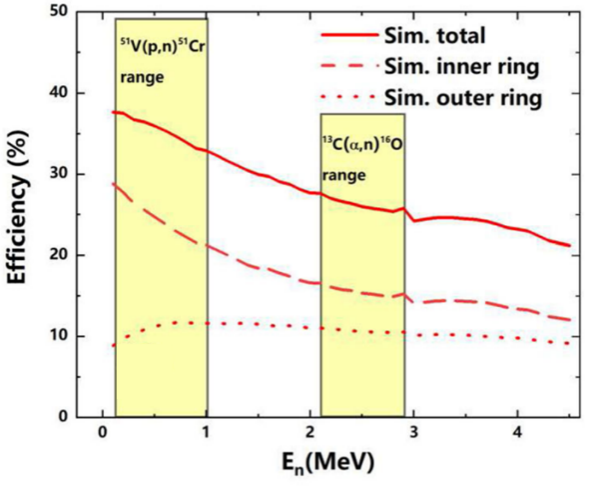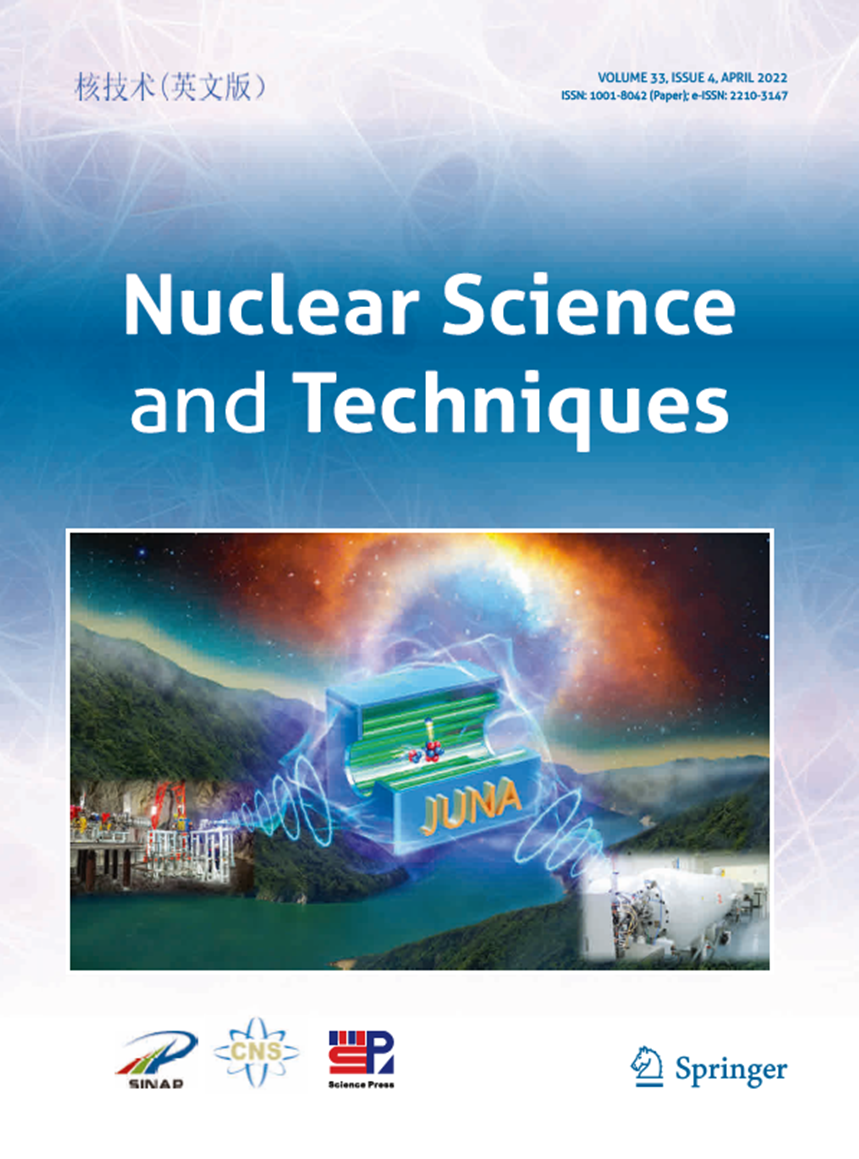Researchers Develop a Low-background Neutron Detector Array
A research team at the Institute of Modern Physics (IMP) of the Chinese Academy of Sciences (CAS), together with their collaborators from Sichuan University and Chinese Institute of Atomic Energy, has recently developed a high-efficiency low-background neutron detector array, which is essential for the precise cross-section measurement of the 13C(α,n)16O reaction at stellar energies in China JinPing underground Laboratory (CJPL). The study has been published as a cover article in Nuclear Science and Techniques.
Slow neutron capture process(s-process) and intermediate process(i-process) are important processes for the formation and evolution of the elements. Nearly half of the elements heavier than iron are synthesized in s-process.
13C(α,n)16O is the dominant neutron source of the s- and i-processes. The cross section of this reaction is extremely low at stellar energies(~10-14 Barn), which brings large errors of the measurements and makes it difficult to constrain the theoretical extrapolation.
To precisely measure the cross section of the 13C(α,n)16O reaction, researchers designed a detector array comprising 24 3He proportional counters. The counters were embedded in a polyethylene cube, which was shielded with 7% borated polyethylene layer.
Then the researchers carried out the underground and ground measurements of the background of the detector array respectively. The neutron background measured at CJPL was as low as 4.5 counts/h, 265 times lower than the result of the ground measurement.
Researchers determined the detection efficiency of the array for neutrons in the range of 0.1MeV to 4.5 MeV, which was carried out with the 3 MV tandem accelerator at Sichuan University and Monte Carlo simulations. Future studies are expected to focus on further improvement of the efficiency and accuracy by measuring the angular distribution of the 13C(α,n)16O reaction.
Based on this research, further studies, including direct cross-section measurements of the key neutron source reactions in stars, could be conducted in the near future, helping scientists to probe formation and evolution of the elements in the universe.
This work was supported by the National Natural Science Foundation of China.

Figure 1. Detection efficiency with different neutron energy. (Image by Nuclear Science and Techniques)

Figure 2. Using the 3 MV tandem accelerator at Sichuan University to determine the detection efficiency and neutron background at CJPL. (Image from Nuclear Science and Techniques)
Contact :
LIU Fang
Institute of Modern Physics
Email: fangliu@impcas.ac.cn
Contact Information
Institute of Modern Physics
Email: fangliu@impcas.ac.cn


 甘公网安备 62010202000713号
甘公网安备 62010202000713号


